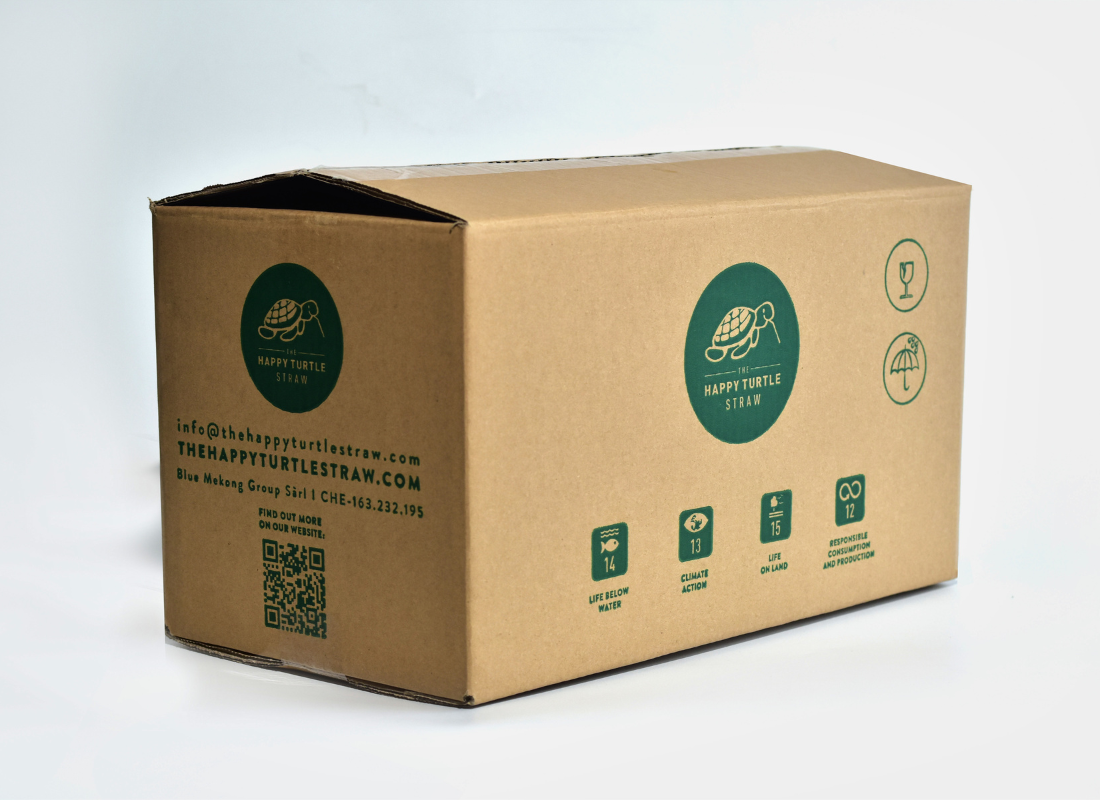
The journey of a rice straw made from rice grains transformed into powder, from farm to ocean, involves several stages, each with its own environmental implications:
- Rice Cultivation: Rice is a cereal grain that is cultivated differently than other grains because it is a semi-aquatic plant that requires consistent irrigation all season to grow. The process begins with the seeds been sown in prepared beds, and when the seedlings are 25 to 50 days old, they are transplanted to a field, or paddy, that has been enclosed by levees and submerged under 5 to 10 cm (2 to 4 inches) of water, remaining submerged during the growing season. This cultivation process requires lots of water and land.

- Harvesting Rice Grains: Once the rice plants reach maturity, they are harvested, and the outer husk, bran layer, and germ are removed from the rice grains during milling, leaving the starchy endosperm left side.

- Processing Rice into Powder: The collected rice undergoes processing to be transformed into powder form. This may involve drying, grinding, and refining the rice into a fine powder suitable for various applications.

- Manufacturing and distribution: Rice straw powder is subsequently used in manufacturing processes to create products such as biodegradable straws. The Happy Turtle Straw uses the rice that is broken in the production process, thus generating less rice waste and helping the environment. Our company’s products are distributed by ourselves, and we deliver them to our customers in a safe way.

- Consumer Use: Consumers utilize products made from rice powder as sustainable alternatives to traditional plastic counterparts, this includes using biodegradable straws for beverages.

- End-of-Life Disposal: After use, products made from rice straw powder are disposed of through waste management systems. Proper disposal methods, such as composting or recycling, can minimize environmental impact by allowing the products to decompose naturally.

- Mitigation efforts: To address the environmental impact, The Happy Turtle Straw company developed a biodegradable straw alternative, minimizing pollution and protecting the health of ecosystems, including oceans and marine life.

Conclusion

Understanding the journey of products made from rice straw powder underscores the importance of sustainable practices throughout the entire lifecycle, from cultivation to disposal. By promoting eco-friendly alternatives and responsible consumption habits, stakeholders can work towards reducing plastic pollution and preserving environmental quality.
Sources:
https://spekkorice.co.za/spekko-blog/articles/the-journey-of-rice/
https://calrice.org/industry/how-rice-grows/
https://www.indochinatravel.com/country/thailand/family/the-rice-cycle.pdf
https://en.wikipedia.org/wiki/History_of_rice_cultivation
https://www.riceassociation.org.uk/history-of-rice




